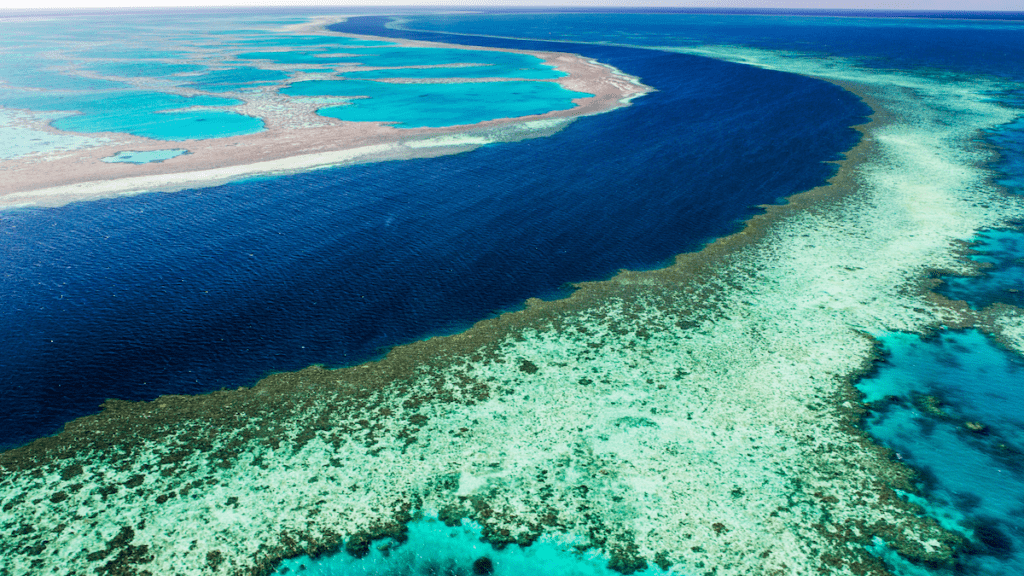Ecological restoration encompasses a range of practices focused on reviving ecosystems, including forests, wetlands, grasslands, and marine habitats. It aims to address the negative impacts of human activities by restoring the natural functioning of ecosystems, biodiversity, and ecosystem services.
Restoration efforts may involve removing invasive species, reintroducing native flora and fauna, rehabilitating degraded landscapes, and promoting sustainable management practices.
According to The Society for Ecological Restoration International, the number of ecological restoration projects has increased by over 500% since 1990.
A study by the World Wildlife Fund found that ecological restoration is a cost-effective way to protect biodiversity. The study found that for every dollar invested in ecological restoration, there is a return of between $3 and $10 in benefits.
The Importance of Ecological Restoration
The need for ecological restoration arises from the alarming rate of biodiversity loss, habitat degradation, and climate change. By restoring ecosystems, we can mitigate the impacts of these issues and promote a more sustainable future.
Ecological restoration offers numerous benefits, such as:
- Biodiversity Conservation: Restoring habitats provides a lifeline for endangered species, allowing them to recover and thrive. By restoring ecological balance, we safeguard the web of life on Earth.
- Climate Change Mitigation: Healthy ecosystems play a crucial role in sequestering carbon dioxide from the atmosphere. Restoration efforts can help combat climate change by enhancing carbon sinks and promoting natural carbon storage.
- Ecosystem Services: Ecosystems provide valuable services, including water purification, soil fertility, flood regulation, and pollination. Restoring these services benefits both human communities and the environment.
Key Principles of Ecological Restoration
The fundamental principles include:
- Holistic Approach: Restoration efforts should consider the entire ecosystem, its components, and their interdependencies. Taking a holistic approach ensures that restoration projects address the root causes of degradation.
- Native Species: The reintroduction of native plants, animals, and microorganisms is essential for restoring ecological functionality. Native species are best adapted to local conditions and are integral to maintaining ecosystem balance.
- Adaptive Management: Restoration projects should adopt flexible and adaptive management strategies. Regular monitoring, assessment, and adjustment allow for continuous learning and improvement over time.
- Stakeholder Engagement: Successful restoration requires collaboration among diverse stakeholders, including scientists, local communities, policymakers, and landowners. Involving these stakeholders fosters a sense of ownership and promotes long-term sustainability.
How does ecological restoration work?
Ecological restoration is a complex process, but it can be broken down into a few key steps:
- Assessment. The first step is to assess the condition of the ecosystem that needs to be restored. This involves identifying the causes of degradation, and assessing the potential for restoration.
- Planning. Once the condition of the ecosystem has been assessed, a plan for restoration can be developed. This plan should take into account the specific goals of restoration, the resources that are available, and the potential for success.
- Implementation. The next step is to implement the restoration plan. This may involve removing invasive species, planting native plants, and restoring natural processes.
- Monitoring. The final step is to monitor the restoration process to ensure that it is successful. This involves tracking the progress of restoration, and making adjustments to the plan as needed.
What are the challenges of ecological restoration?
There are a number of challenges to ecological restoration. Some of the most important challenges include:
- Funding. Ecological restoration can be a costly process, and it can be difficult to secure funding for restoration projects.
- Time. Ecological restoration can take many years, or even decades, to be successful. This can be a challenge for projects that need to be completed quickly.
- Politics. Ecological restoration can sometimes be controversial, and it can be difficult to get all stakeholders on board with a restoration project.
Despite these challenges, ecological restoration is a valuable tool for addressing the challenges of climate change, biodiversity loss, and environmental degradation. With careful planning and implementation, ecological restoration can help to restore our ecosystems and create a more sustainable future for our planet.
Successful Ecological Restoration Projects

Numerous remarkable ecological restoration projects have demonstrated the positive impact of restoration efforts. Here are a few notable examples:
- The Loess Plateau Restoration, China: Through extensive land and water management techniques, this project transformed an eroded landscape into a productive and sustainable region. The restoration efforts reduced soil erosion, improved water quality, and increased agricultural productivity.
- The Oostvaardersplassen, Netherlands: Originally reclaimed from the sea, this project focused on recreating a dynamic wetland ecosystem. The area now hosts diverse flora and fauna, including reintroduced large herbivores like red deer and Konik horses.
- The Great Barrier Reef Restoration, Australia: In response to coral bleaching events, scientists and conservationists are actively restoring damaged coral reefs. Innovative techniques, such as coral nurseries and larval propagation, show promising results in regenerating reef ecosystems.
Conclusion
Ecological restoration provides a beacon of hope in the face of environmental degradation. By embracing the principles of restoration and learning from successful projects worldwide, we can play a vital role in healing our planet.
Through collective efforts, we can ensure the preservation of biodiversity, mitigate climate change, and secure a sustainable future for generations to come. Let us act today to restore the balance and resilience of our ecosystems, one step at a time.








